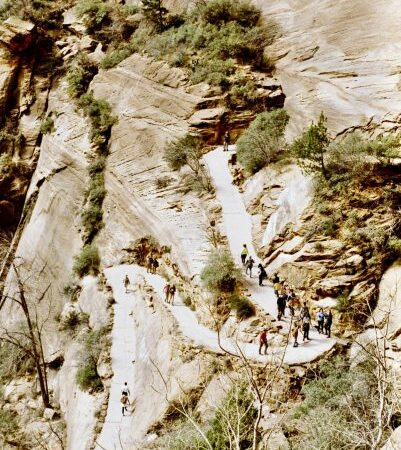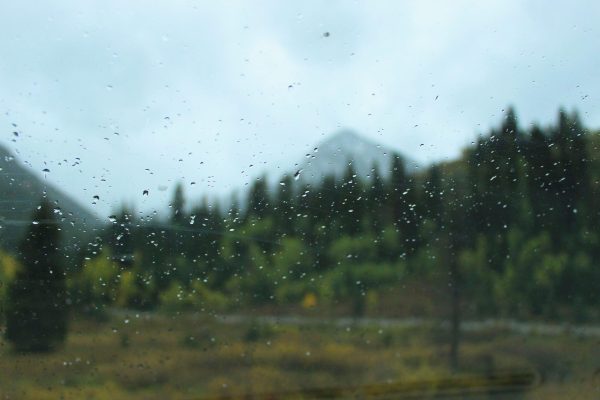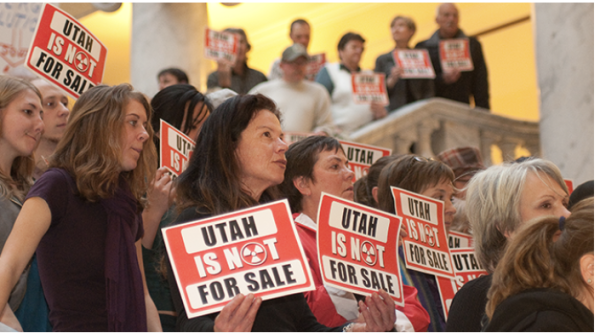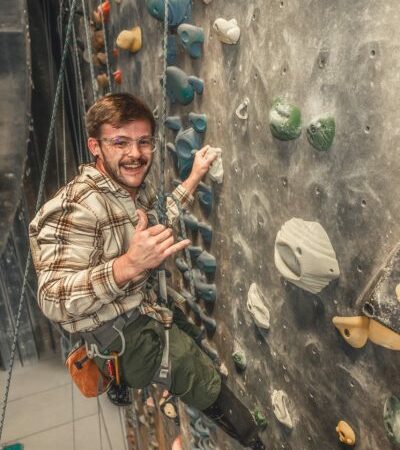To Shoe Or Not To Shoe
I was watching YouTube instead of studying for finals (as we all do), and I got an ad from a man advocating for running barefoot. Well, he was more trying to sell me his minimalist shoe – which would “simulate running barefoot.” I, a natural skeptic, didn’t believe running barefoot was any good for you. And after a quick google search that didn’t give me an answer immediately, I decided to find out for myself.
Since a one man sample would be an inaccurate representation of a population, and I am dedicated to the scientific process, I convinced my friend Logan to run with me. He will be key to this experiment because unlike me (who has to breathe out of his mouth if he skips a step going up stairs) Logan actually runs – a lot.
The experiment:
Since my last experiment (the 6th grade science fair where I trapped my gerbils in a maze, and prayed my dog wouldn’t get in) I’ve learned a lot about the scientific method. Ensuring the most accurate results, Logan and I will run our laps in different orders. Hopefully ensuring more accurate results. This experiment will go as follows:
- Warm up well enough so we could run 400m without pulling a hamstring
- Logan will run his first 400m without shoes
- I will run my first 400m with shoes
- Rest
- Logan runs the second 400m with shoes
- I will run my second 400m without shoes
- We will assess how we feel
An important note is that this isn’t really testing the true use of barefoot running, which tends to be more helpful for long distances; this experiment instead tested the key differences modern running shoes make to your running. By doing our runs in relatively quick succession, we were able to see, or more so feel, what these differences were.
The numbers:
Logan ran his barefoot 400m at a staggering 1.02.99. Which (with my limited scope of track and field knowledge) is insane. For context I ran my first 400m at 1.09.20 with shoes on. Logan then ran his second 400m at 1.05.73. While I ran barefooted at 1.17.73. Logan was 2.74 seconds slower between laps, while I was a hefty 8.53 seconds slower.
These numbers aren’t the biggest difference we saw in running without shoes. The fact that both of us ran a slower time in our second lap led me to believe that our recovery was the biggest hindrance here. I can’t imagine Logan is just naturally 3 seconds faster without shoes on; it’s much more likely that he was just more fresh for his first lap.
How it felt:
Logan reported that (apart from his feet being cold) the barefoot running wasn’t too bad. He said that not having the support of the shoe forced him to be on the balls of his feet more. Which is a good thing, because it forced him to lean forward. The biggest con was it hurt his feet.
I certainly had a different experience running barefoot. Without the technical knowledge that Logan had going into it, I didn’t land on the balls of my feet. I slapped flat footed on the ground the whole way around the track. This sent shock waves up my legs and destroyed my knee. The best thing I could compare it to was running in sand. Although during my shoes-on run I didn’t start hurting till I was at the apex of the last bend, without shoes I hit that wall before the end of the second straight.
I was also noticeably slower. During my shoes-on run I felt fast, really fast. If running with shoes on was like driving a car, the barefoot lap was riding a bike with kicked in spokes. I was trying a lot harder, all while getting significantly less return on every step. I finished the lap at what felt like a grandma shuffle.
Conclusion:
Modern running shoes are absolutely insane! I thought that this experiment would show me the pros and cons of barefoot running, but it more displayed how helpful shoes are. With significantly more return on every step, you can run longer, faster, and with less toll on joints. I didn’t fully understand the extent of the shoe until now. Having a padded shoe allows you to sit higher on the balls of your feet, making your technique better without even trying. Meanwhile the spring that the padding provides makes running a lot more efficient. Overall, I think unless your running knowledge is quite adequate, and you are looking to improve your technique naturally, keep the shoes on.
The post To Shoe Or Not To Shoe appeared first on Wasatch Magazine.






